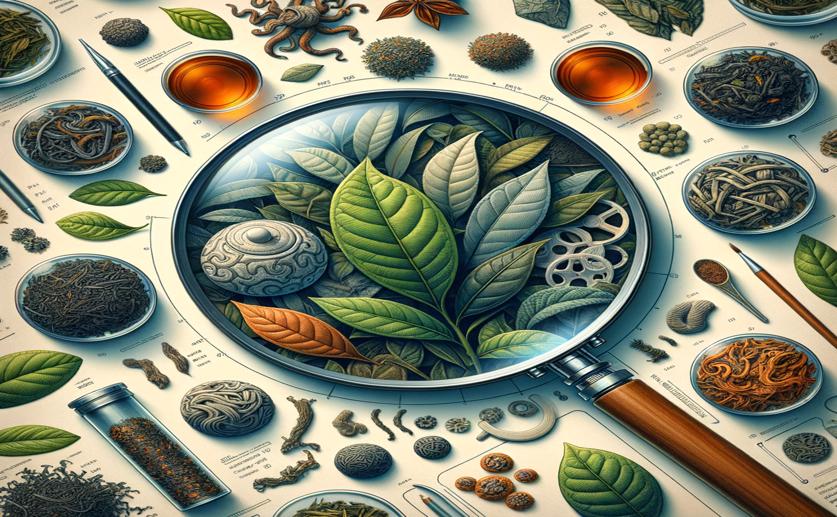
How Clean Is Your Tea? Microbe Quality Across Regions
Jenn Hoskins
30th March, 2024

Image Source: Natural Science News, 2024
Key Findings
- In Sri Lanka, most teas meet local microbial safety standards
- No E. coli or Salmonella found in any tea samples
- Microbial counts in tea vary by geographic elevation
AgricultureBiotechPlant Science
References
Main Study
1) Microbiological quality of different tea grades produced in diverse agro-climatic regions in Sri Lanka.
Published 30th March, 2024
https://doi.org/10.1016/j.heliyon.2024.e27878
Related Studies
2) Fungal community associated with fermentation and storage of Fuzhuan brick-tea.
3) Comparative assessment of the quality of commercial black and green tea using microbiology analyses.



 17th March, 2024 | Greg Howard
17th March, 2024 | Greg Howard